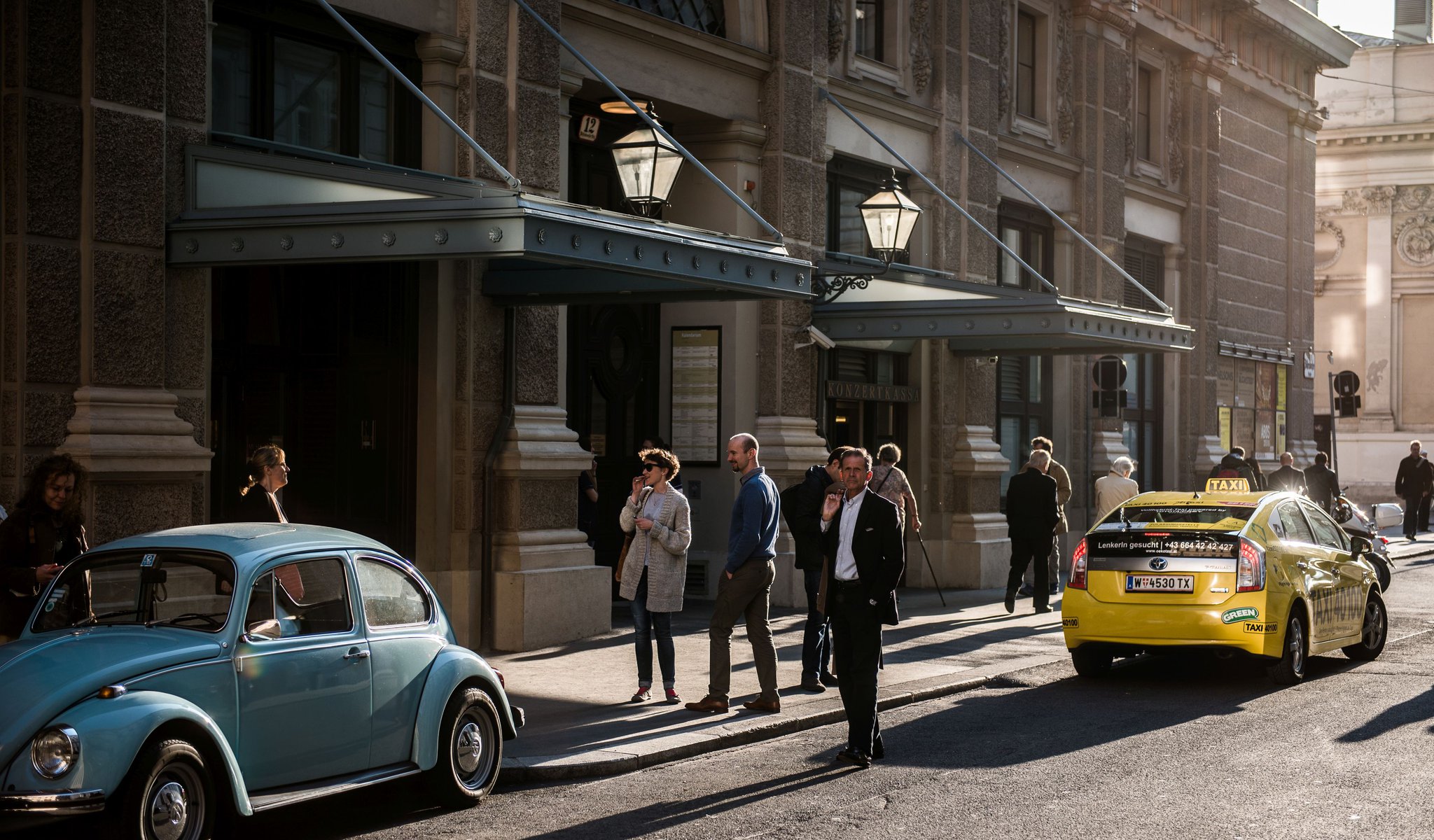
Program
Featuring
Other information
The event is about 2.5 hours long.
About the event
Concert in 3B How could a musical event be more colorful than when musicians of the Festival Orchestra play a Bach suite on period instruments to be followed immediately by Bartók’s unfinished piano concerto, composed in the last months of his life, performed by the legendary London-based Hungarian pianist Sir András Schiff – knighted by Queen Elizabeth II in 2014 for his accomplishments in music – and finally, after visits to the extremes, comes a kind of synthesis, the bittersweet, far-more-reserved and conservative Brahms symphony? Regardless of the skips between centuries, the seemingly irreconcilable opposites in fact attract each other. Baroque and twentieth century music are a particularly good match while Brahms’ flowing melodies give the listeners’ ears a rest, as this time travel and such modern sounds may be quite exhausting.
Bach’s last orchestral suite is a perfect opener, as the composer called the entire suite an “Overture”, and not just its first movement traditionally invoking the dotted notes and sublime atmosphere of the overtures to French operas – with a bit of Italian seasoning in Bach’s case. Then, adjusted to the style of the period, come a series of conventional dances; two Bourrées first. The merry and the mysterious dances take turns to form a single movement. A Gavotte follows, expressing “joy that never loses self-control.” After an almost mandatory pair of Minuets, the Suite set for strings, oboes, trumpets, timpani, and continuo, instead of adding another genuine dance movement, culminates in a ceremonial Réjuissance (rejoicing).
A rather light-hearted Bach is followed by a more severe Bartók. After the unconventional solutions in his first two piano concertos, Bartók returned to more traditional tones and forms at the end of his life. His Piano Concerto No. 3, a piece with no ostentatious virtuosity or modern innovations, was dedicated to his wife, Ditta Pásztory. In spite of the composer’s more sparing use of Hungarian folk tunes and embracing verbunkos music he had earlier rejected, as well as the piece’s more accessible tone, this work is truly Bartókian to the last note. (Even if the final 17 measures were orchestrated by Tibor Serly.) The opening movement beginning with the murmurs of the forest, is followed by the Adagio religioso, characterized by a religious tone, where two Bach chorales frame a section quoting genuine birdsongs and evoking Bartók’s night music. A sweeping and joyful rondo finale concludes the piece, which was only premiered six months after Bartók’s death.
It took six years for Brahms to approach the symphony genre again after finishing his 2nd. A summer in the Rhine region was enough to get the rather complex score ready and the work was premiered on a Viennese podium at the end of 1883. His Third Symphony is often likened to Beethoven’s Eroica, although Brahms’ hero is totally different. The frequent transitions to a minor key from the basic F major key and the conflicts of the first movement suggest that this protagonist is mainly fighting with himself. The ominous endings of the individual movements, the gloomy, slow response given to the slow movement (instead of a dance movement), and the gradually-hushed ending of the Finale instead of a fanfare turn the usual heroic march into a psychological drama.